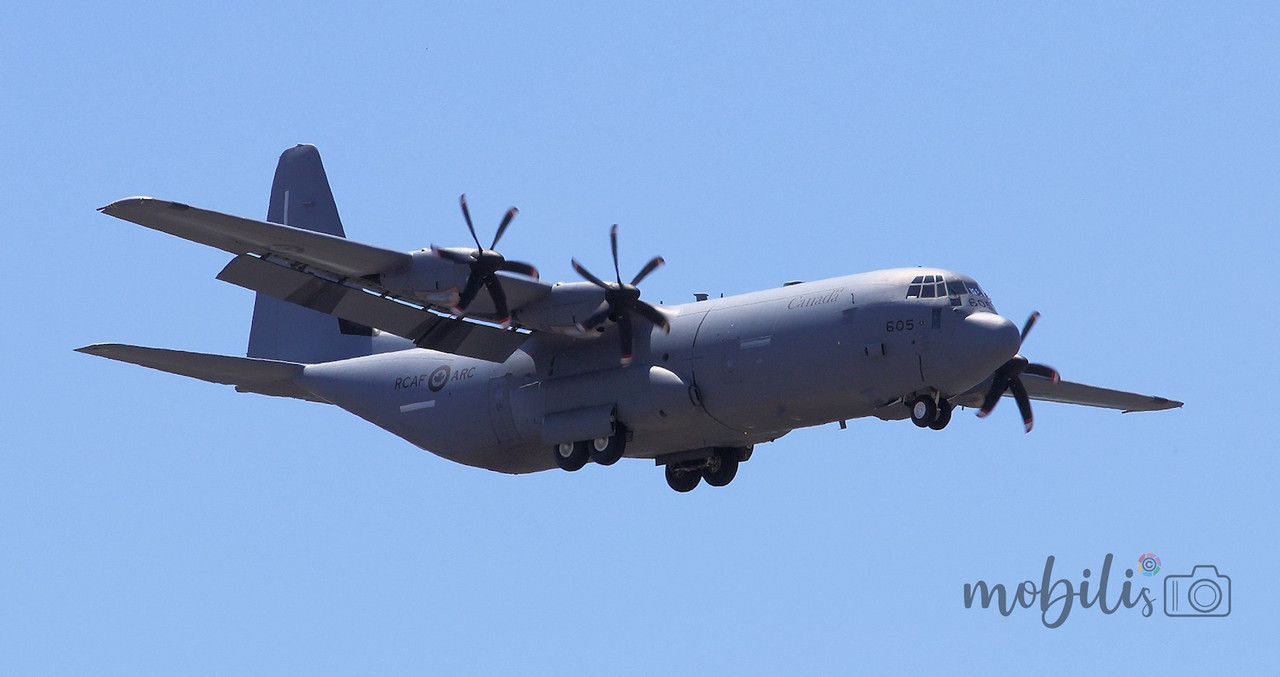41
Marinha Portuguesa / Re: A Marinha Portuguesa e o Zero Naval !
« Última mensagem por Pescador em Hoje às 11:18:01 am »Vi uma foto da Francisco de Almeida que foi para Inglaterra e levou um drone de brincar(literalmente). Não helicóptero.
Vê-se numa foto alguns de volta dele como se fosse algo transcendente
Como a BD está a operar na mesma situação, representam a força ASW da marinheca.
Vê-se numa foto alguns de volta dele como se fosse algo transcendente
Como a BD está a operar na mesma situação, representam a força ASW da marinheca.

 Mensagens recentes
Mensagens recentes






